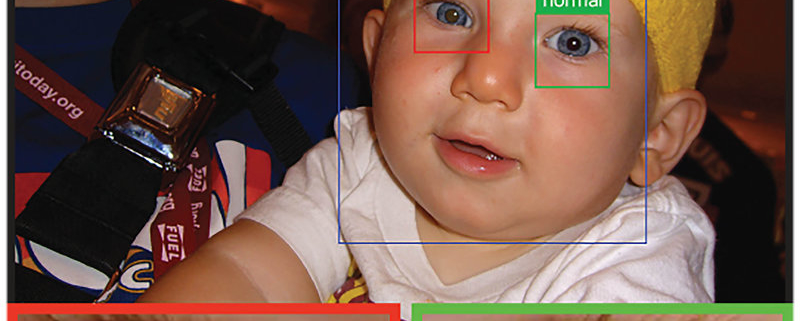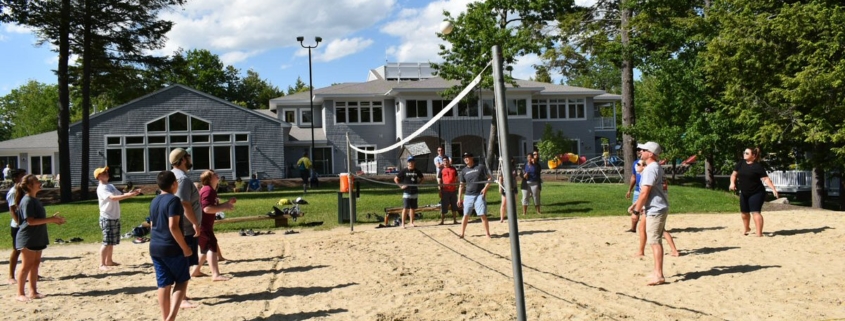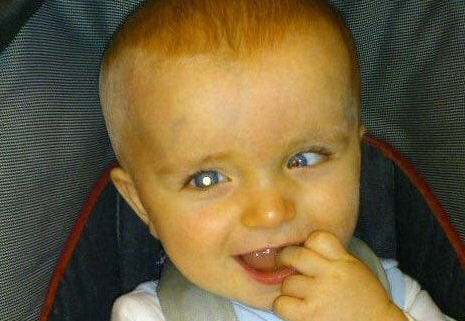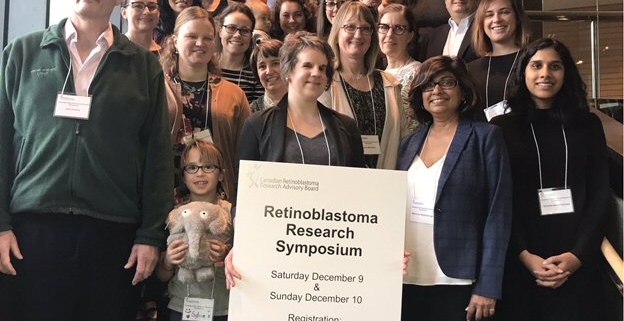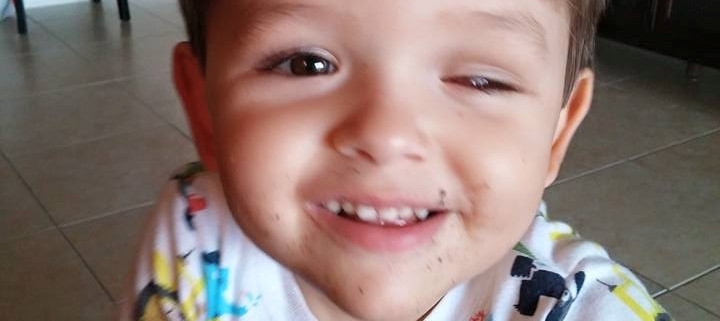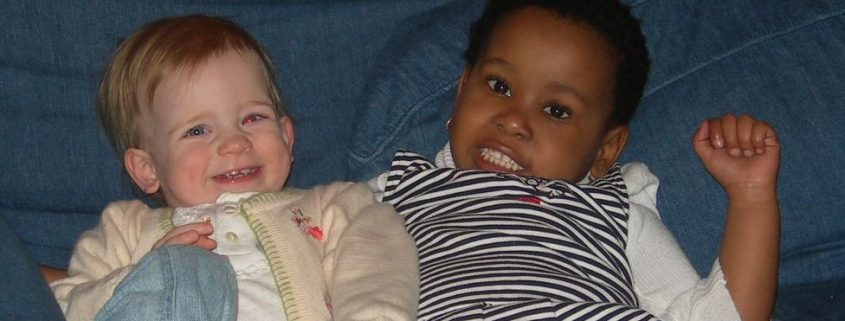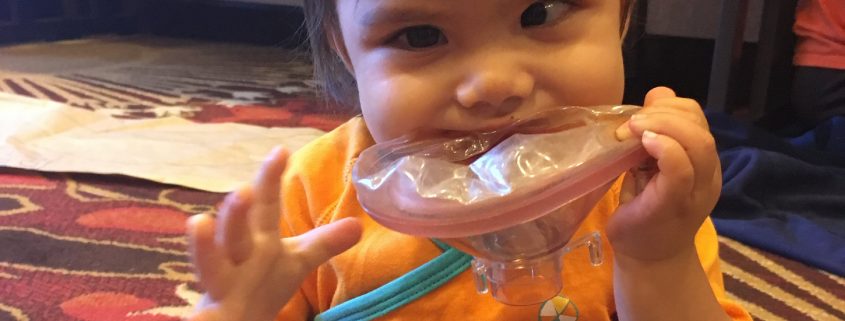From CRADLE to Care: Your Photos Can Help Scientists Build an App for Parents to Diagnose Serious Child Eye Disease Early.
A White pupil is the most common early sign of eye cancer in young children, and it’s usually seen first in photos. Do you want to turn your smartphone into a powerful cancer-detector? Mark Billings, WE C Hope USA Director, tells the story behind the CRADLE app and explains how you can help scientists improve it.

